Sewage treatment plant water treatment
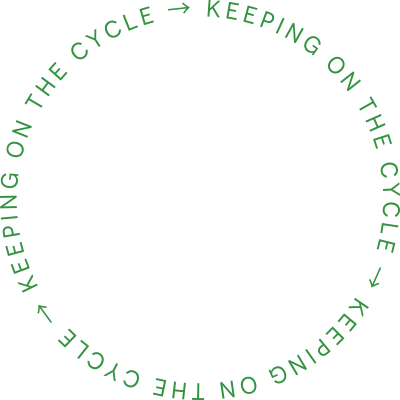
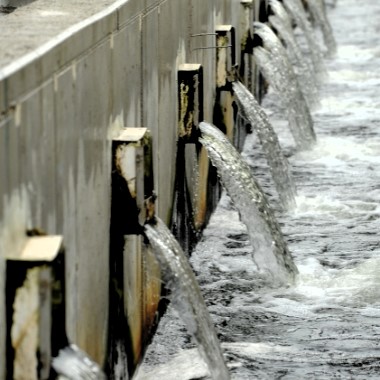
The Vercia Project
Installation of a system for treating micropollutants at the outlet of a wastewater treatment plant using a network planted bed for the reuse of treated wastewater. The treatment is based on a combination of UV radiation and hydrogen peroxide (H2O2), which produces highly reactive molecules known as hydroxyl radicals. These radicals have the particular ability to destroy a large number of organic micropollutants in an indiscriminate manner, as well as eliminating all micro-organisms (advanced disinfection).
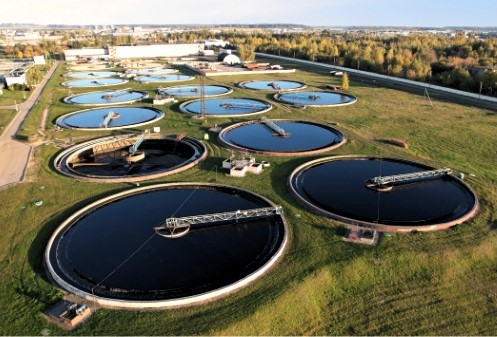
Context
Pressure on water resources is increasing as agricultural, industrial and urban activities lead to the discharge of numerous pollutants into surface water and groundwater. This pollution, which can be biological or chemical, impacts ecosystems to varying degrees, even threatening the survival of aquatic species.
The solutions for limiting the dispersion of pollutants lie not only in reducing pollutant emissions at source, but also in the efficiency of wastewater treatment. Improving the treatment capacity of wastewater treatment plants (WWTPs) can not only help to improve the quality of surface water, but also enable the production of water that can be used directly for a wide range of purposes. This reuse of treated wastewater is part of an environmental and economic approach and involves agricultural uses (irrigation), industrial uses (process water) and urban uses (street cleaning, watering green spaces). In the near future, groundwater recharge or even the production of drinking water from treated wastewater may be possible after treatment by advanced oxidation.
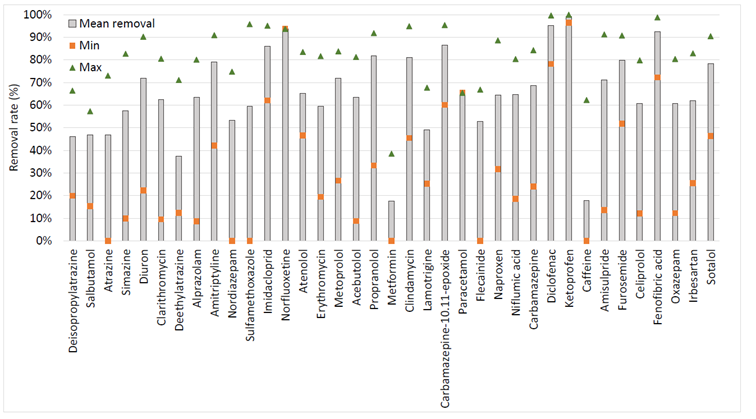
The answers provided
- Increasing scarcity of water resources
- Refractory molecules not treated by wastewater treatment plants
- Regulations on the recycling of treated wastewater in France (April of 2016)
Passive integrative sampling carried out over four seasons in one year for a total period of almost 4 months downstream of the Vercia WWTP (Jura, 1100 p.e.) using a reed filter demonstrated the need for treatment to eliminate organic micropollutants at this plant. In fact, 37 molecules, including 31 pharmaceutical compounds, were quantified at concentrations of up to several μg/L, and the recurrence of the presence of these molecules was also observed.
The UVC/H2O2 installation located downstream of this WWTP showed satisfactory elimination performance. More than 60% of the mass of micropollutants quantified upstream of the pilot plant was removed during 5 of the 6 sampling campaigns, and more than 80% was eliminated during 2 of these campaigns.
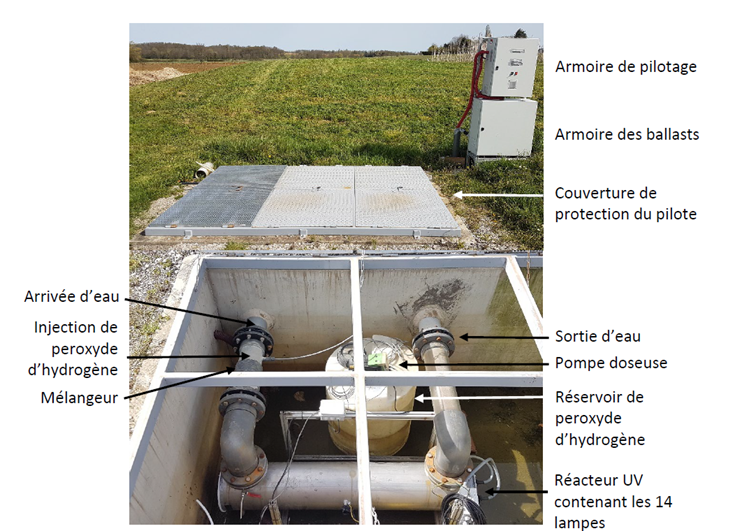
Technologies
The process used is advanced UV/H2O2 oxidation with a 14-lamp reactor to activate hydrogen peroxide.
Support/Funding



